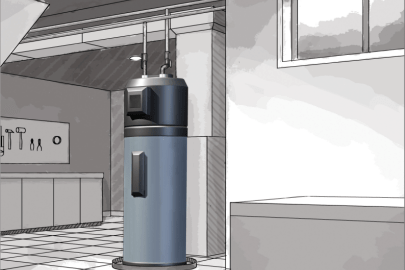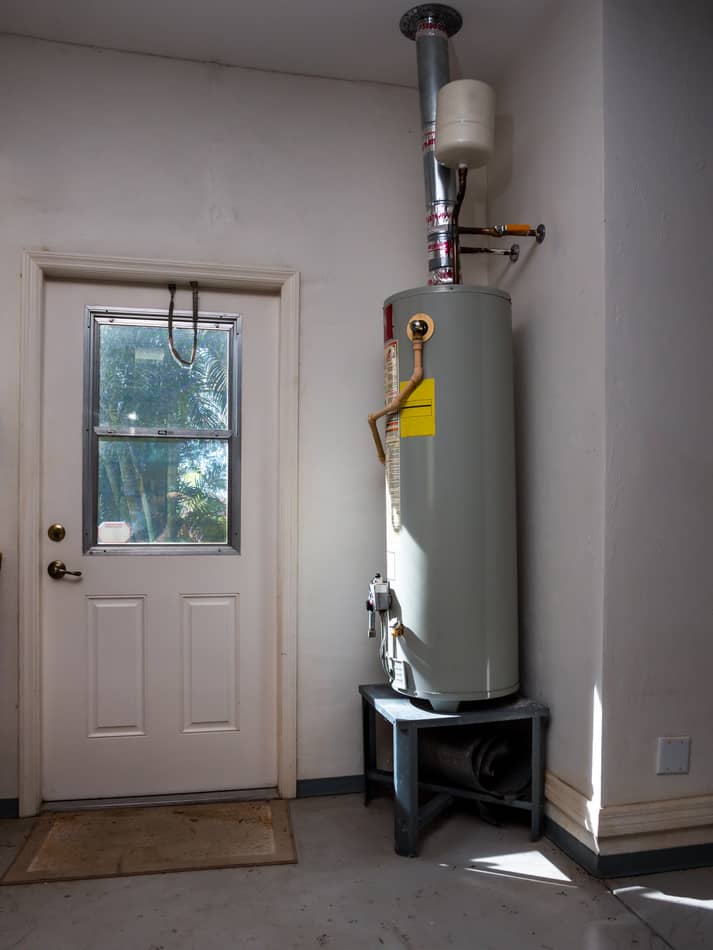How to Maintain Your Home's Hot Water System Effectively
How to Maintain Your Home's Hot Water System Effectively
Blog Article
We have come across this post relating to What Kind of Maintenance Do Water Heaters Need? below on the internet and thought it made sense to write about it with you here.

Hot water is necessary for everyday comfort, whether it's for a revitalizing shower or washing dishes. To guarantee your hot water system runs successfully and lasts longer, normal maintenance is vital. This short article gives useful pointers and understandings on just how to preserve your home's warm water system to avoid interruptions and pricey repairs.
Introduction
Keeping your home's warm water system might seem challenging, however with a couple of easy steps, you can guarantee it operates smoothly for many years to come. This guide covers every little thing from comprehending your warm water system to do it yourself upkeep tips and recognizing when to call specialist aid.
Significance of Maintaining Your Hot Water System
Routine maintenance not only expands the life-span of your hot water system however also guarantees it runs efficiently. Ignoring maintenance can result in decreased efficiency, higher power costs, and even premature failure of the system.
Signs Your Hot Water System Demands Upkeep
Understanding when your warm water system needs attention can avoid significant issues. Watch out for indications such as irregular water temperature, unusual sounds from the heating system, or rusty water.
Comprehending Your Hot Water System
Prior to diving into upkeep jobs, it's valuable to understand the basic parts of your hot water system. Normally, this consists of the hot water heater itself, pipelines, anode poles, and temperature level controls.
Monthly Maintenance Tasks
Regular monthly checks can help catch small concerns prior to they intensify.
Purging the Water Heater
Flushing your hot water heater eliminates sediment accumulation, boosting performance and extending its life.
Checking and Replacing Anode Rods
Anode poles avoid deterioration inside the tank. Inspecting and changing them when worn out is critical.
Inspecting and Readjusting Temperature Level Settings
Adjusting the temperature settings makes certain optimal performance and security.
DIY Tips for Upkeep
You can do numerous maintenance jobs yourself to maintain your warm water system in top problem.
Looking for Leaks
Consistently examine pipelines and links for leakages, as these can lead to water damage and higher expenses.
Checking Stress Alleviation Valves
Testing the stress safety valve guarantees it functions appropriately and protects against too much stress accumulation.
Protecting Pipelines
Shielding warm water pipes minimizes warmth loss and can save power.
When to Call a Specialist
While DIY upkeep is helpful, some concerns require professional knowledge.
Complex Concerns Needing Specialist Help
Examples include major leakages, electric troubles, or if your hot water heater is regularly underperforming.
Routine Specialist Upkeep Conveniences
Specialist maintenance can consist of extensive inspections, tune-ups, and making sure conformity with security standards.
Conclusion
Regular maintenance of your home's hot water system is essential for effectiveness, longevity, and expense savings. By adhering to these tips and understanding when to look for specialist assistance, you can ensure a reputable supply of warm water without unexpected interruptions.
How to Maintain an Instant Hot Water Heater
Before tinkering with your hot water heater, make sure that it’s not powered on. You also have to turn off the main circuit breaker and shut off the main gas line to prevent accidents. Also turn off the water valves connected to your unit to prevent water from flowing into and out of the appliance. 2. When you’re done, you have to detach the purge valves’ caps. These look like the letter “T†and are situated on either side of the water valves. Doing so will release any pressure that has accumulated inside the valves while at the same time avoid hot water from shooting out and burning your skin. 3. When the purge valves’ caps are removed, you have to connect your hosing lines to the valves. Your unit should have come with three hoses but if it didn’t, you can purchase these things from any hardware or home repair shops. You can also get them from retail stores that sell water heating systems. Read the user’s manual and follow it to complete this task properly. When the hosing lines are connected, open the purge port’s valves. 4. You should never use harsh chemical cleaners or solutions when cleaning your unit. Make use of white vinegar instead. It should be undiluted and you’ll probably use about 2 gallons. 5. Now flush your water heater. This task should probably take about 40 minutes. We can’t give you specific directions for this because the procedure is carried out depending on the type, model and brand of your heater. With that being said, refer to the user’s manual. 6. When you’re done draining the unit, you have to turn off the purge port valves again. Remove the hosing lines that you earlier installed on each of the water valves. Put the valve caps (purge port) back in their respective places and be very careful so as not to damage the rubber discs that are found inside these caps. 7. Now that everything’s back in place, check your user’s manual again to find out how to reactivate your water heating system. 8. Once it is working, turn one of your hot water faucets on just to let air pass through the heater’s water supply pipes. Leave the tap on until water flows smoothly out of it. https://www.orrplumbing.com/blog/2014/september/how-to-maintain-an-instant-hot-water-heater/

We hope you enjoyed reading our excerpt about Tips on Maintaining a Water Heater. Thank you for finding the time to browse our content. Liked our post? Please share it. Let somebody else locate it. I truly appreciate your readership.
Book Your Service Report this page